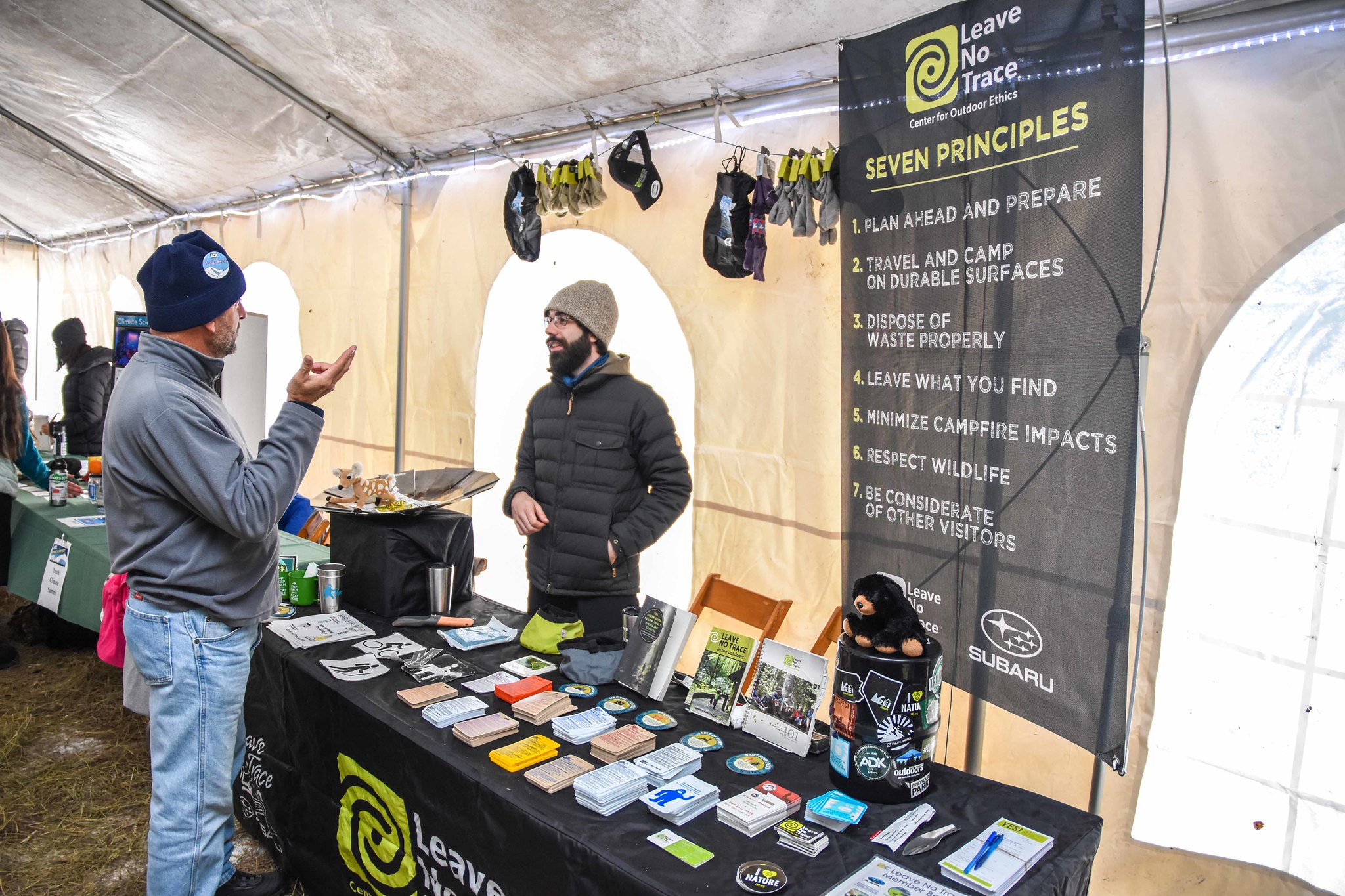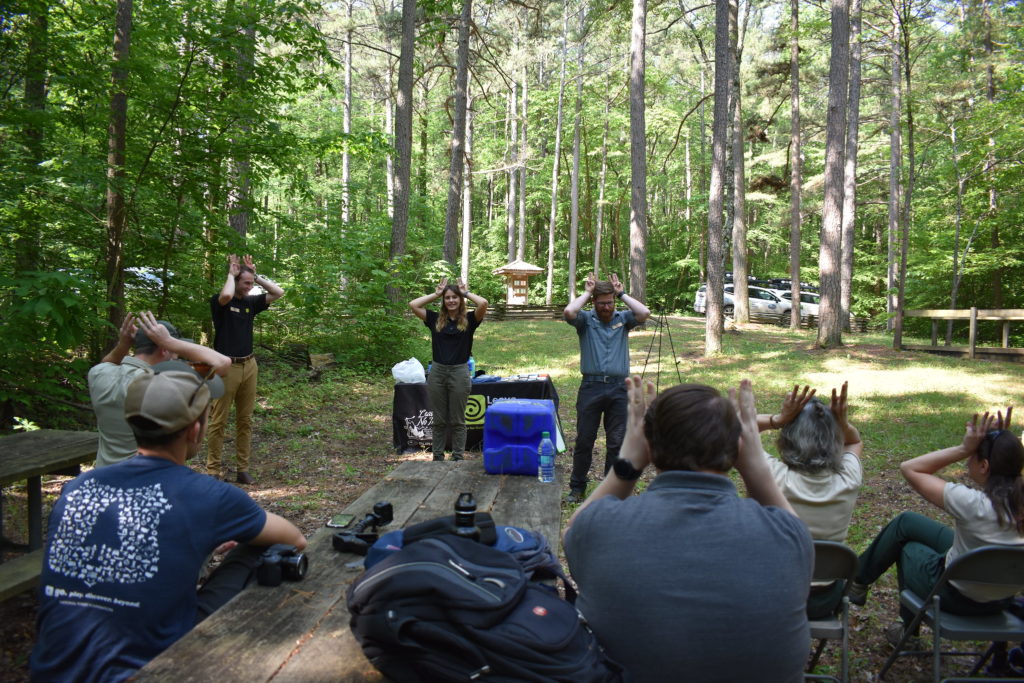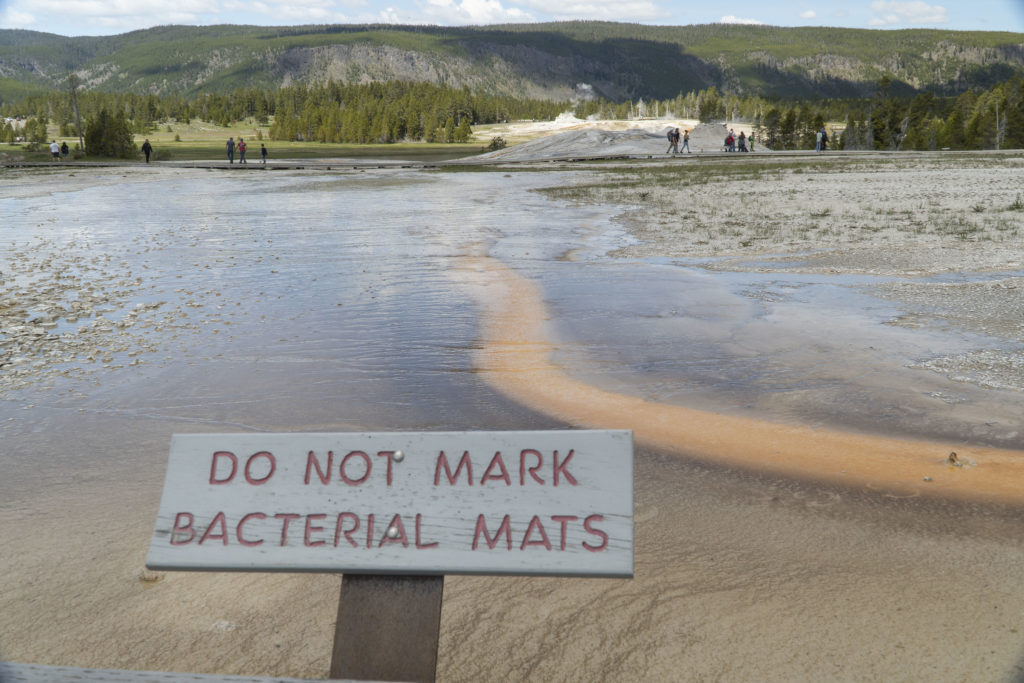News & Updates
5 Common Leave No Trace Misconceptions


Have you heard these common Leave No Trace misconceptions?
1: The 7 Principles are Rules
When talking about the 7 Principles of Leave No Trace, it is often thought that these principles are meant to be rules. However, situations in the outdoors are not black and white, and so the 7 Principles are meant to be guidelines, not rules. They should be used to help build a better understanding of potential impacts and ways to minimize them, and help to guide the decisions we make in any outdoor situation to be as minimally impactful as we can in that instance. They inform and shape our personal outdoor ethic.
2: You Need to Practice Leave No Trace Perfectly
If we were really leaving no trace, there would be no trails or campgrounds. In reality, we should try to leave as little trace as possible as often as we can. Leave No Trace is not about perfection. Instead, it exists on a spectrum. On one side there are many impacts, maybe you don’t realize the effect of picking wildflowers or leaving behind dog waste, and on the other side there are significantly less impacts, you pack out your trash and everyone else’s. Everyone exists somewhere on this spectrum. The important part isn’t that we all work to be on the significantly less side of the spectrum, 100% of the time, it’s that we all work to move as close to that side as we can, as often as we can.

3: If You Learned It Once, You’re Covered for Life
Leave No Trace practices are continually being reexamined and reshaped. New activities arise, new concerns are addressed, and new research or products lead to better and more effective practices. It used to be suggested to smear human waste on sandstone walls as a means of disposal in the desert, but now we know the best method is just to pack it out. Packing out human waste used to mean a poop tube, but now WAG bags are the norm. While it’s great to learn what you can when you can, it’s best to be a lifelong learner and continue to discover the impacts you can have and the best ways to minimize them.
4: It’s The Same Everywhere
A desert ecosystem is quite different from a high alpine one. You’ll find different wildlife in the Everglades than you will in the Smokies. Different ecosystems require different knowledge, skills, and practices. While the 7 principles give some general guidelines, it is always important to check with local regulations and considerations to protect the unique ecosystem you are visiting. Using resources like local land managers or Skills and Ethics booklets can help prepare you to minimize your impact in that space.
 5: Impacts Happen Because People Don’t Care
5: Impacts Happen Because People Don’t Care
While it’s true that some impacts may occur because visitors are apathetic, generally if someone cares enough to visit a place, they care enough to protect it. What causes impacts then? Impacts happen when visitors are unaware, uninformed, or misinformed. The Leave No Trace Center finds that 9 out of 10 visitors to our outdoor spaces have not had the opportunity to receive education on minimizing their impact. We believe that by bridging this education gap, we can give people to tools and knowledge they want to protect they places they enjoy. We aren’t all born knowing about cryptobiotic soil and cat holes. Education is the key.
Leave No Trace’s Erin Collier and Brice Esplin are part of the 2019 Subaru/Leave No Trace Traveling Trainer Program that provides free, mobile education to communities across the country. Proud partners of this program include Subaru of America, REI, Eagles Nest Outfitters, Deuter, Thule,Fjällräven and Klean Kanteen.
Related Blog Posts
Let’s protect and enjoy our natural world together
Get the latest in Leave No Trace eNews in your inbox so you can stay informed and involved.


